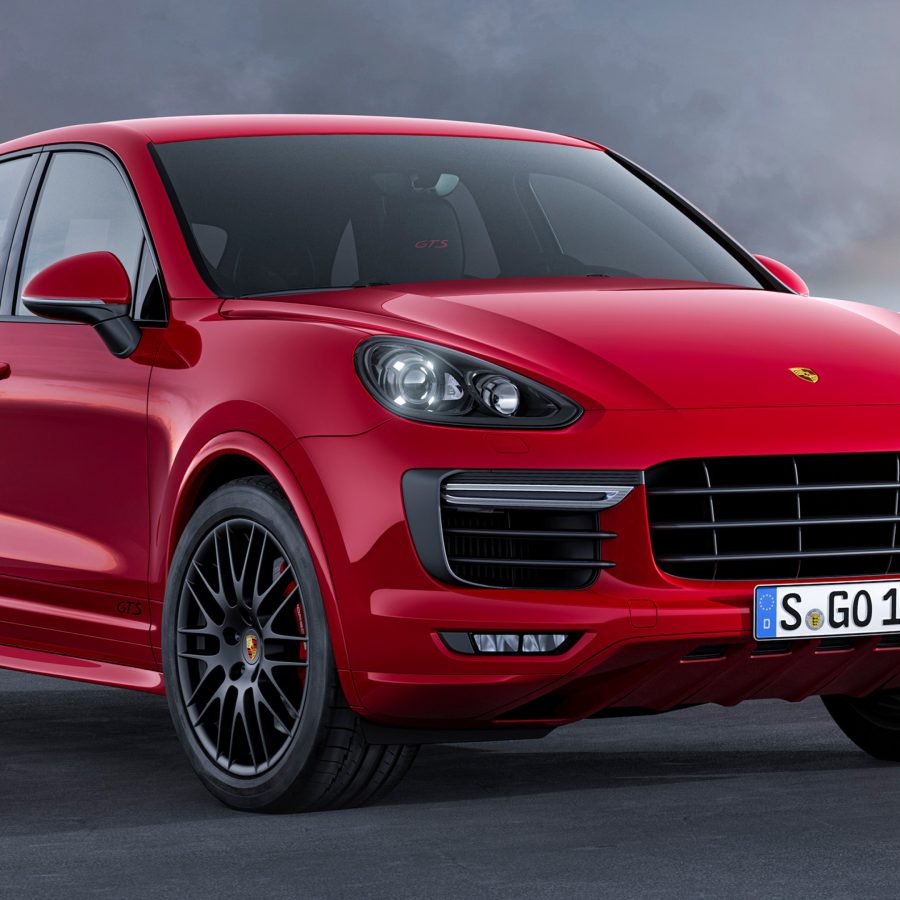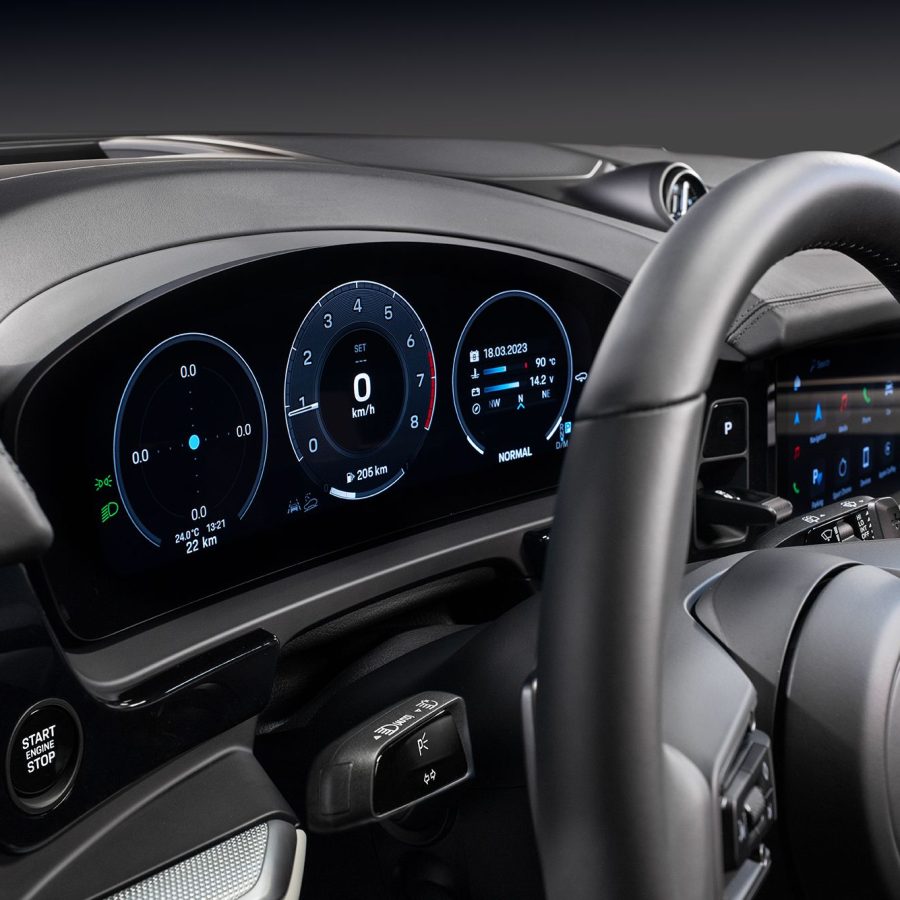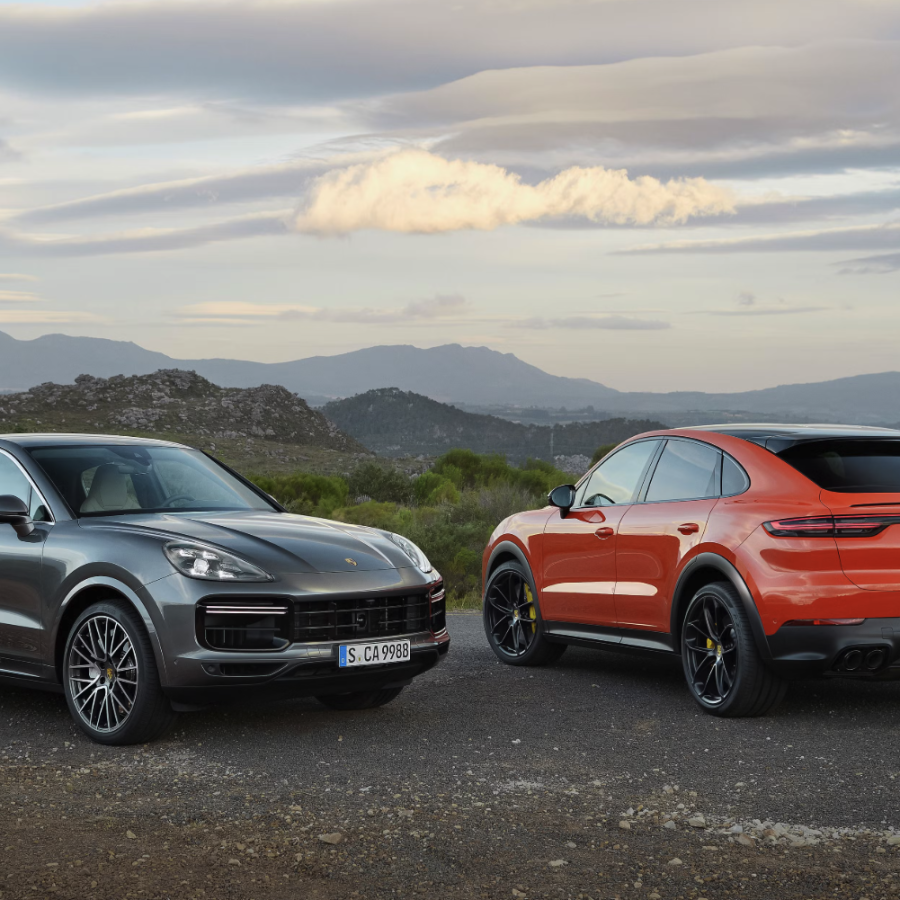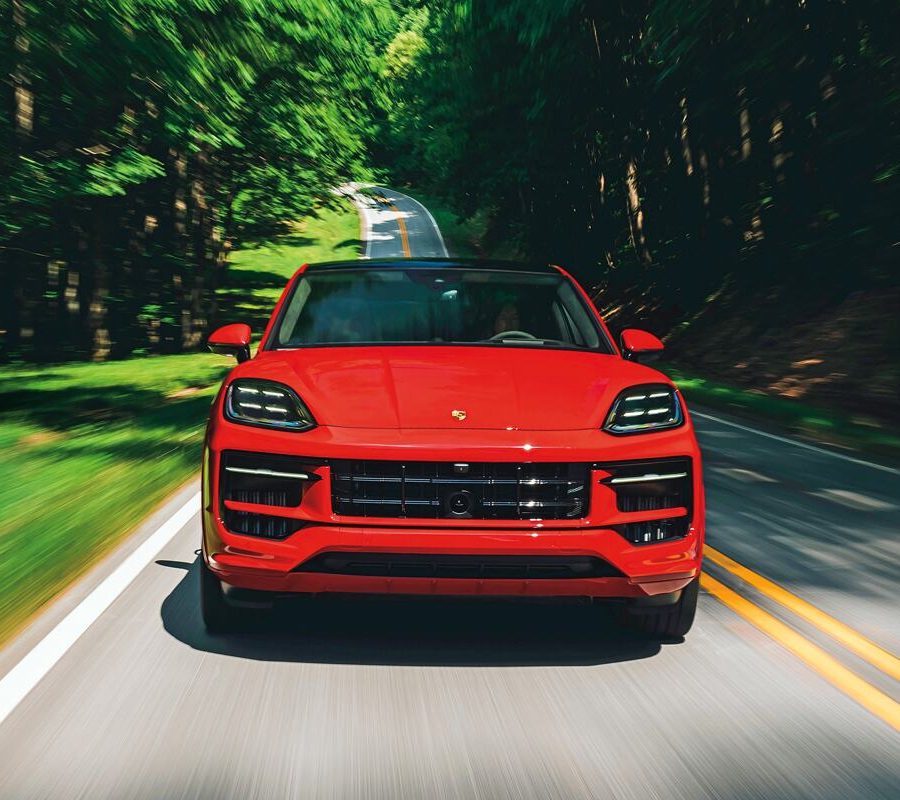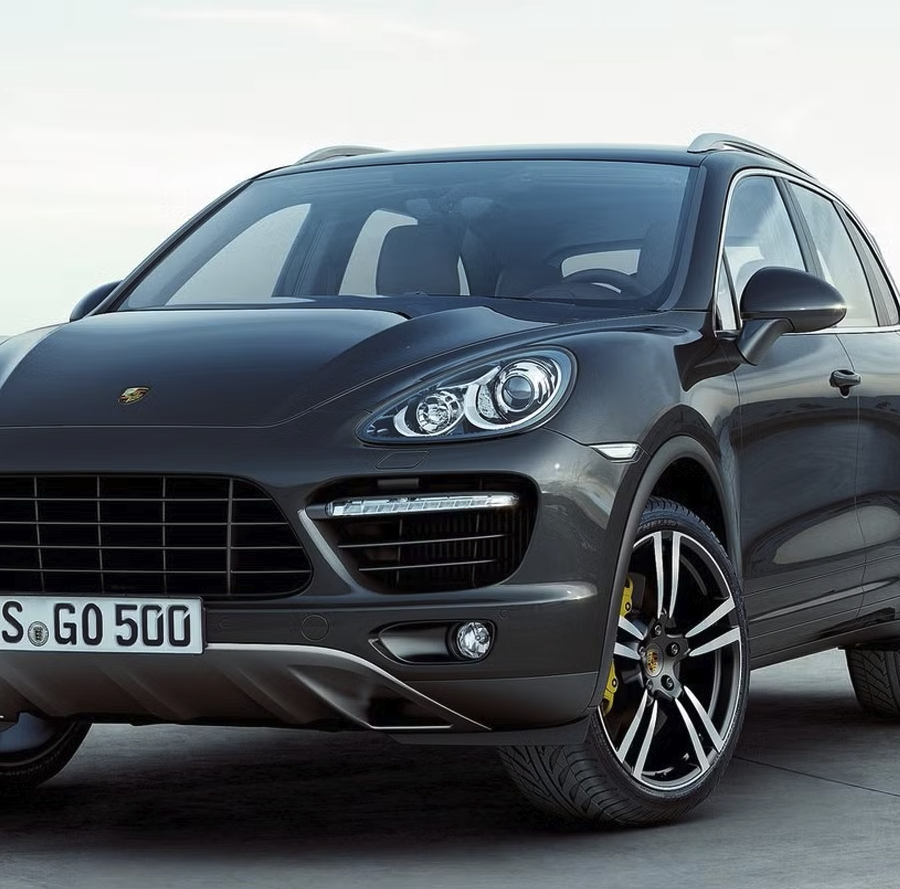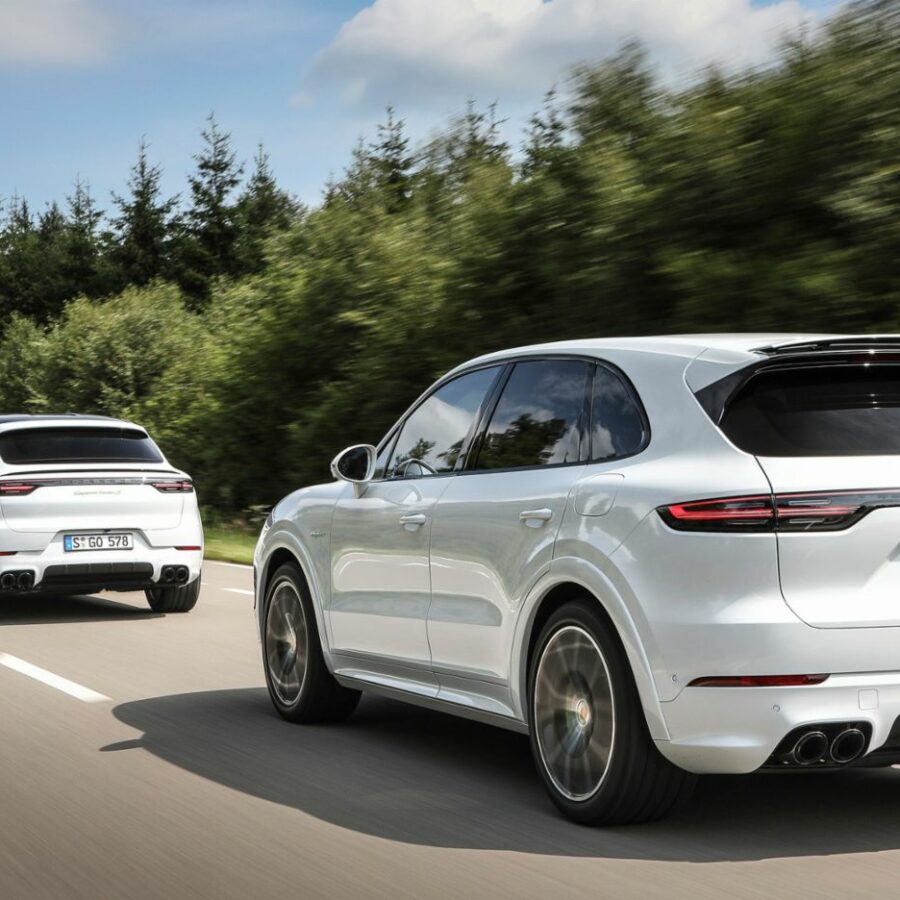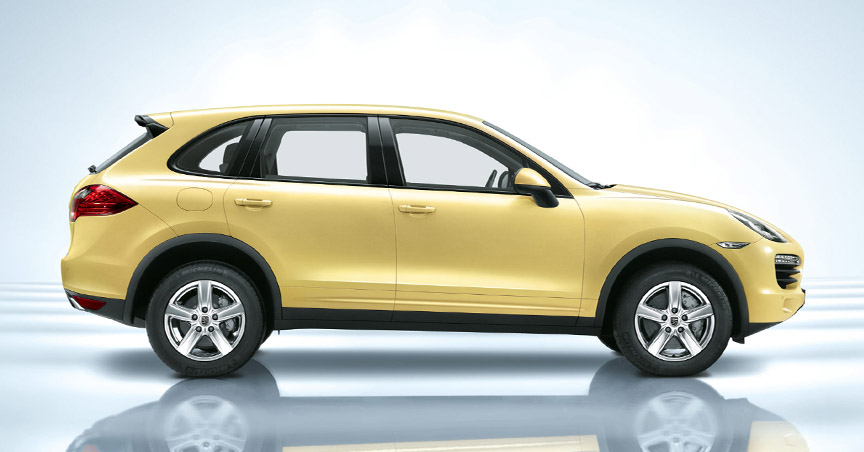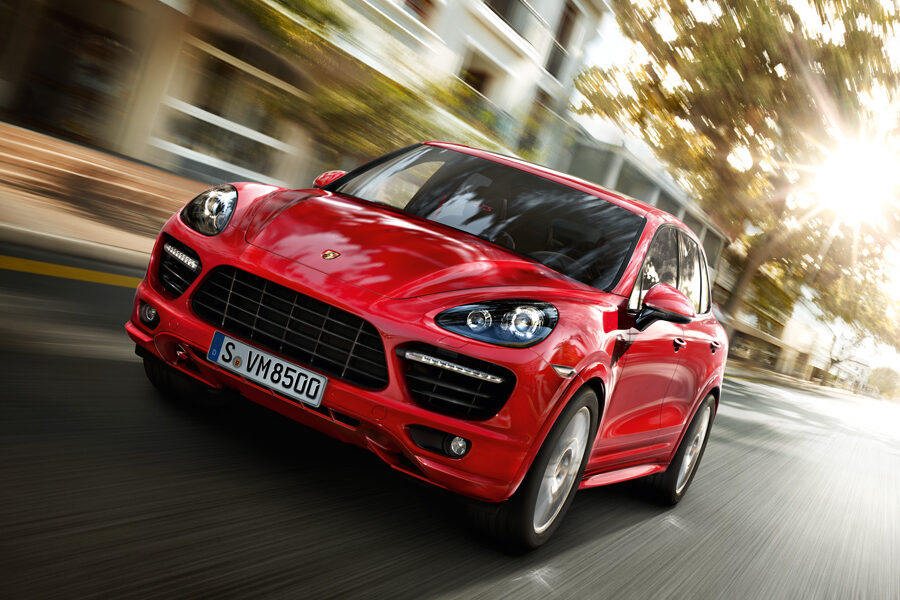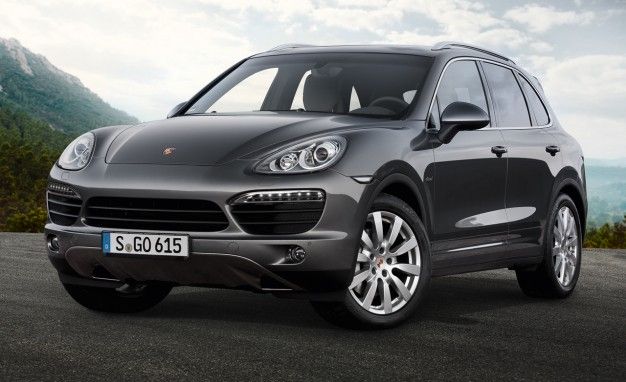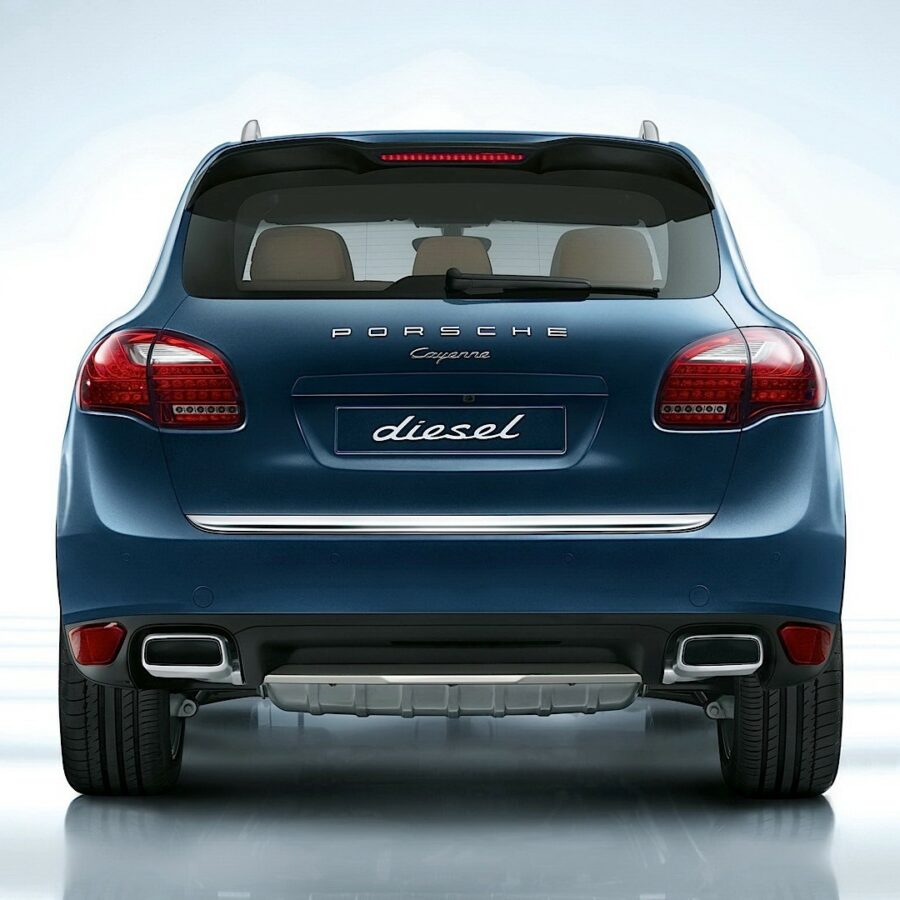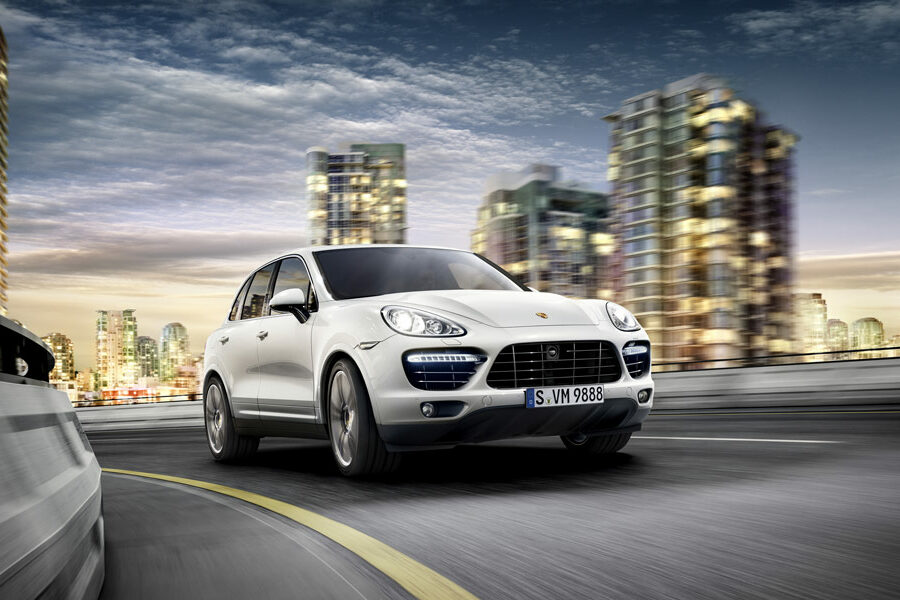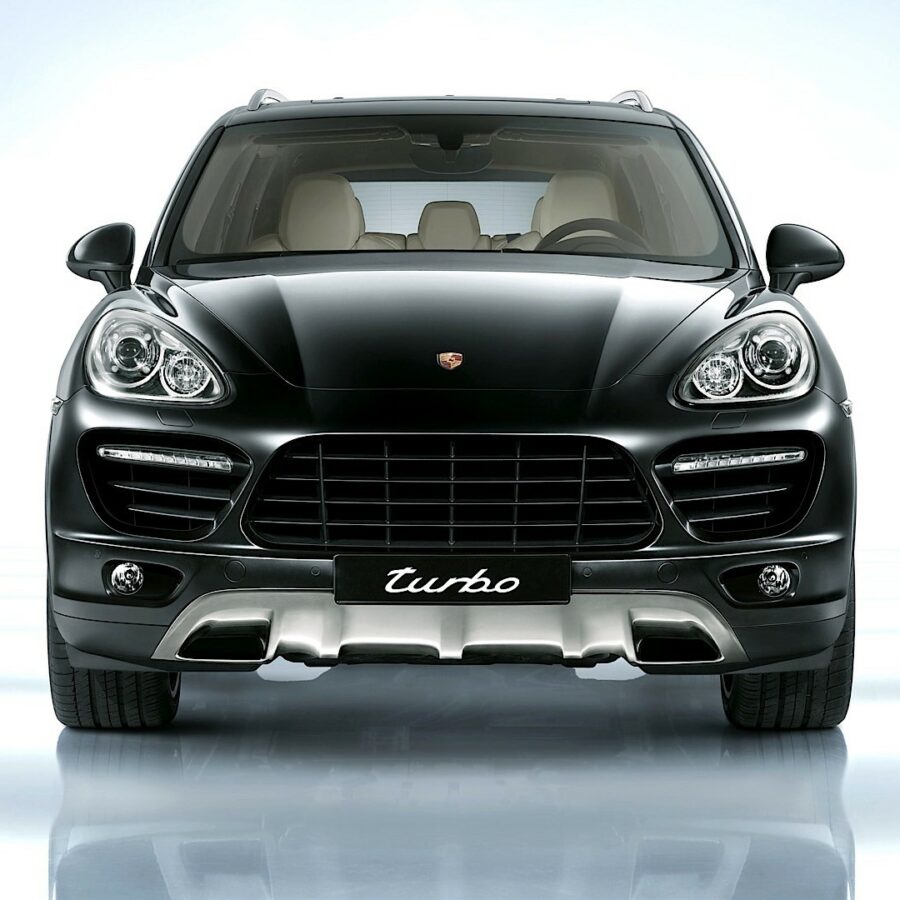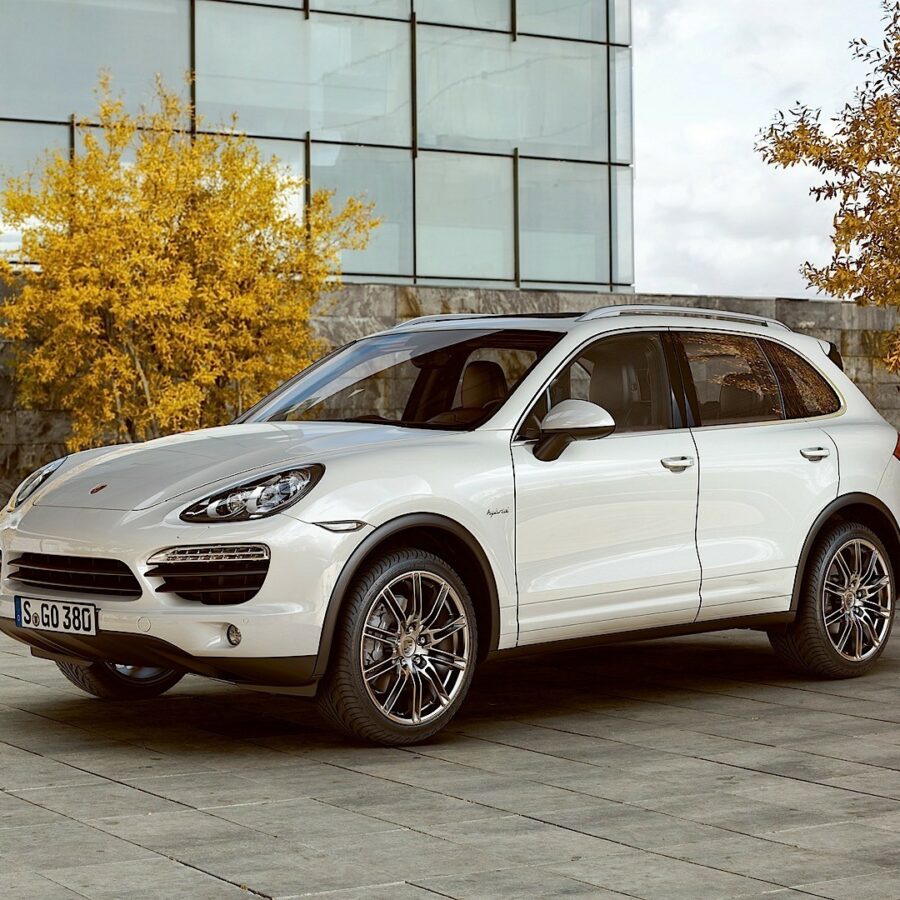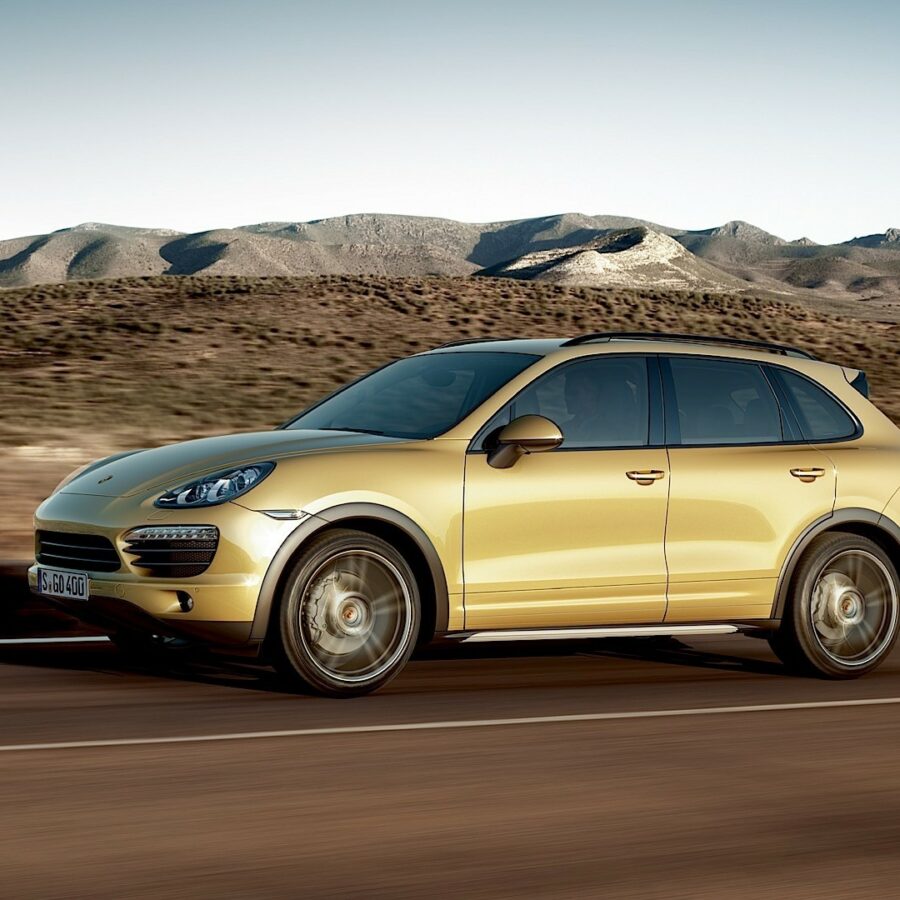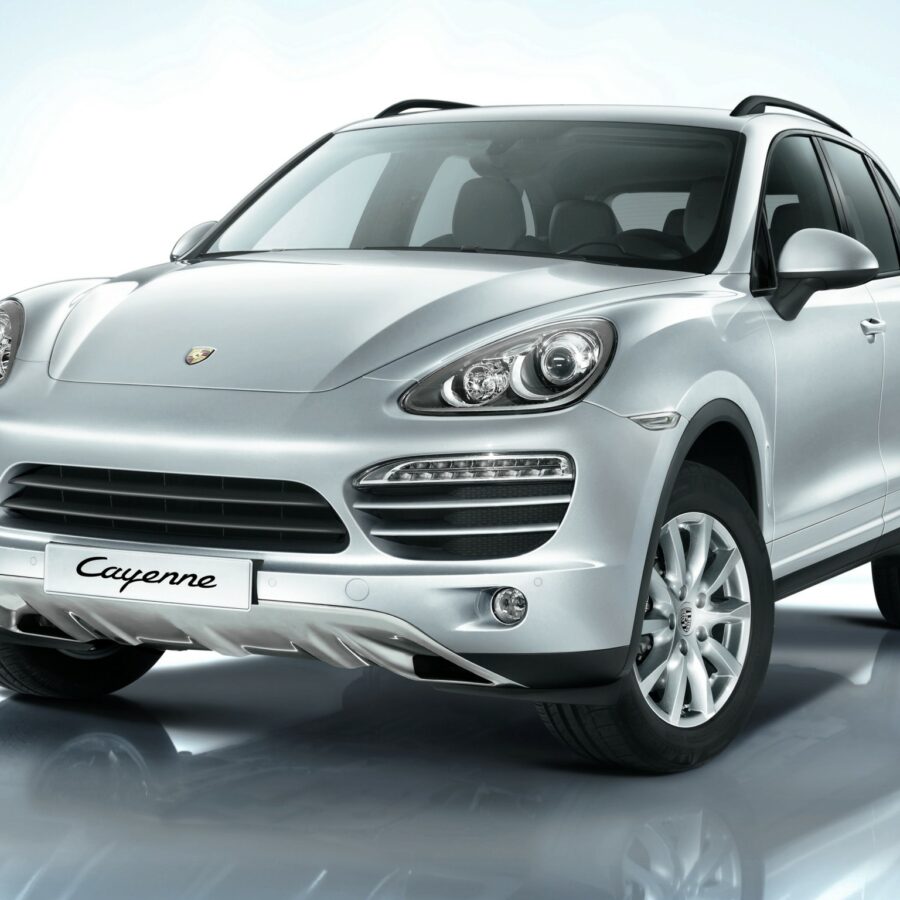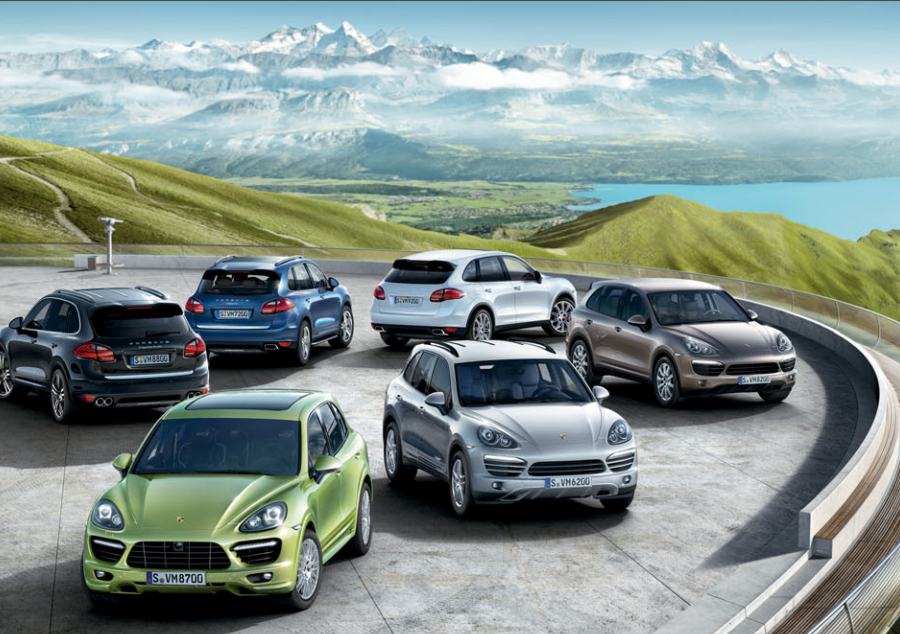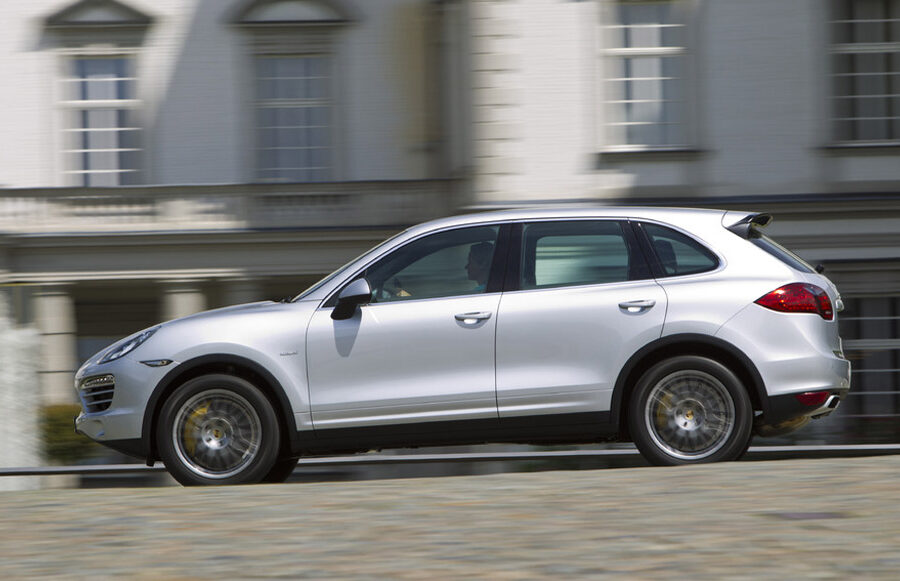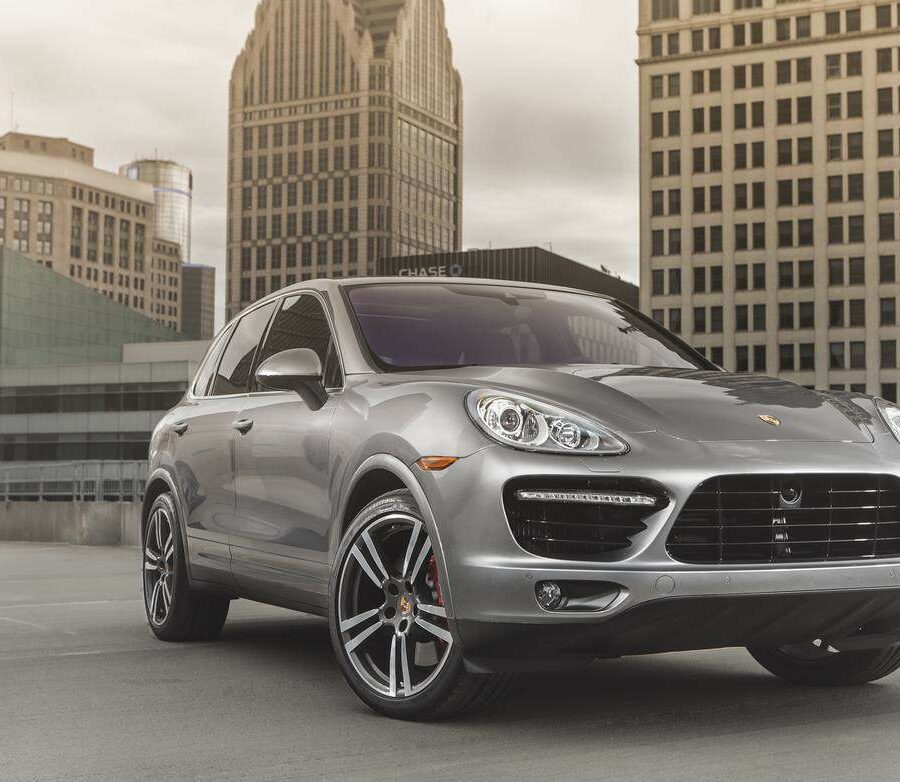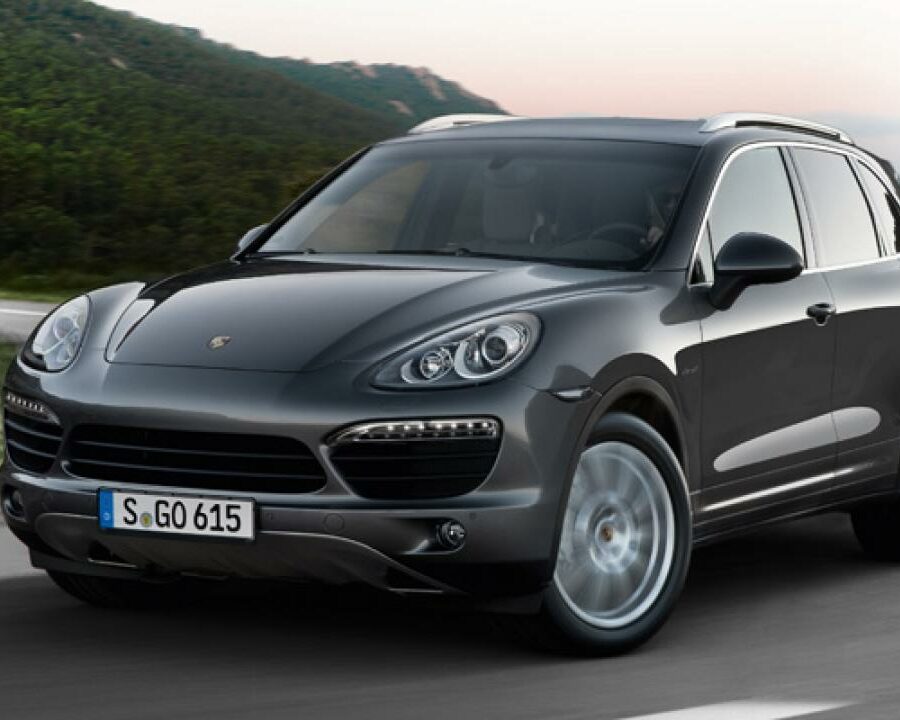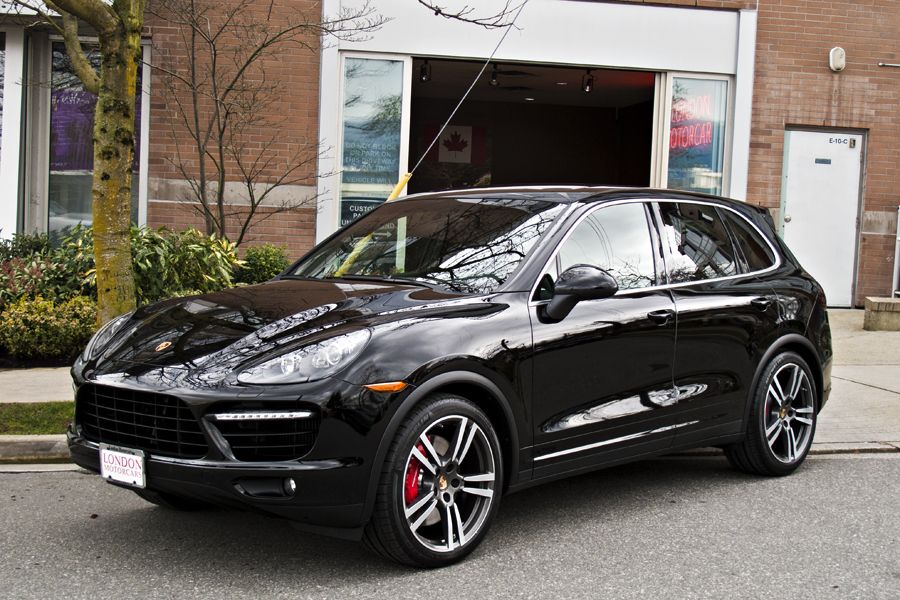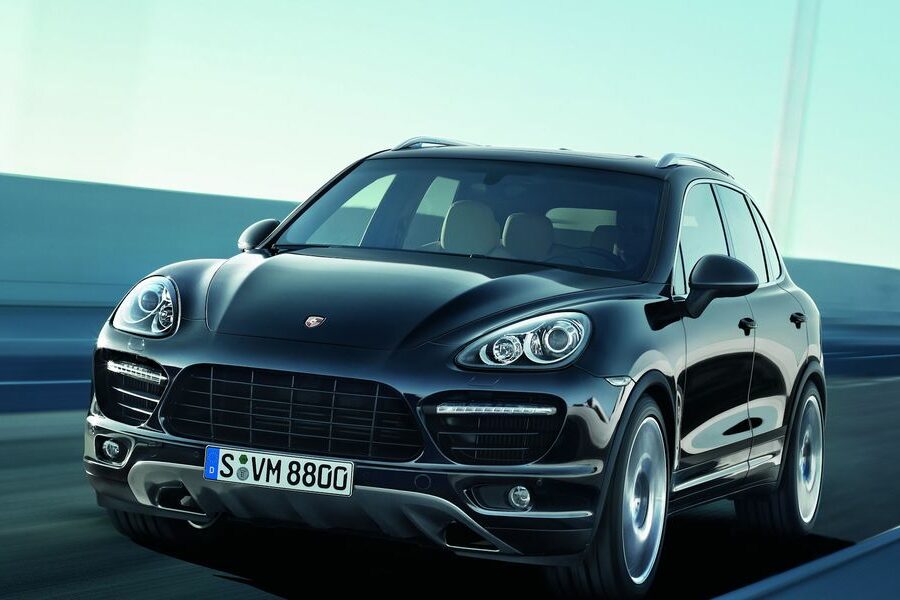Porsche Cayenne (All Years) – Paint Colors (Exterior & Interior)
Color Options and Samples
Porsche Cayenne (958) Maintenance & Service Schedule
Cayenne (V6)/S/GTS/S Hybrid/Turbo/Diesel
Porsche Cayenne 958.1 – The Story
The Completely New Cayenne Introduced in 2010
Porsche Cayenne (MY2011 – 2017) – Sales Brochures
Sales Catalogs for the second generation Porsche Cayenne
Porsche Cayenne (MY2011 – 2018) – Part Catalog
Spare Parts Catalog (Porsche PET) for the Porsche (958) Porsche Cayenne
Porsche Cayenne (MY 2014) – Equipment & Options Codes
Full list of Equipment & Option Codes Decoder for the 2014 Porsche Cayenne
Porsche Cayenne (MY 2013) – Equipment & Options Codes
Full list of Equipment & Option Codes Decoder for the 2013 Porsche Cayenne
Porsche Cayenne (MY 2012) – Equipment & Options Codes
Full list of Equipment & Option Codes Decoder for the 2012 Porsche Cayenne
Porsche Cayenne (MY 2011) – Equipment & Options Codes
Full list of Equipment & Option Codes Decoder for the 2011 Porsche Cayenne


